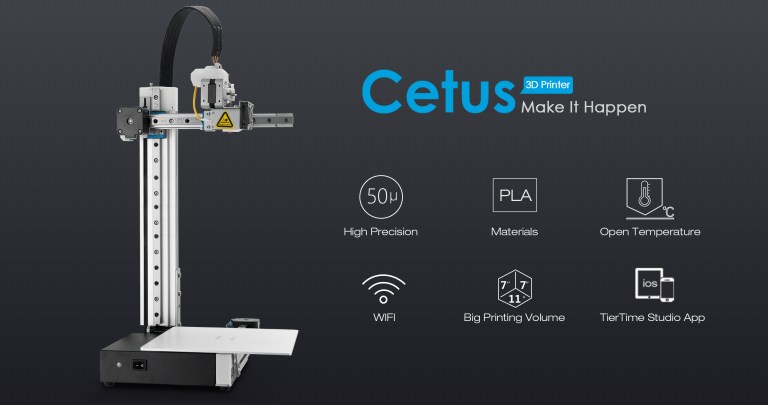

It still begins with the first item of work, resulting in the creation of a single "average duration" measure. Since the activity now includes three possible data pivots (partner, account manager, region), aggregating this data now literally results in the creation of a three-dimensional cube at run-time. Trading partner name (who sent the order)Īccount manager name (who is the sales contact) However, in the absence of any other data (because "average duration" is a single value), understanding the meaning of the measure's actual value is harder For example, why did we have a spike in average duration this week? Was it due to a particular partner, program, product?ĭimensions are the context that help the consumer of measures understand the meaning of those measures.Ĭontinuing the above example, suppose you add three additional items to the BAM activity for the order management process: By itself, this measure yields information relevant to process management in that it indicates whether or not the process overall is behaving (in terms of timliness/throughput) as expected. The concept of "average duration" is a measure, and it is a single value.
#MEASURE SOMETHING IN CETUS3D SERIES#
Process duration (a calculation of #2 - #1)Īggregating data in this case is simply a matter of applying an aggregation function (for example, average, minimum, maximum, etc.) to a series of individual duration values (that is, the processing duration for each order). Process end time (also a real-world event) Process start time (an event in the real world)

Suppose that you define a BAM activity for an order management process in extremely simple terms consisting of three items:


This topic describes what measures and dimensions are, using a BAM scenario to provide context. Dimensions and measures are the physical aspects of data aggregation.


 0 kommentar(er)
0 kommentar(er)
